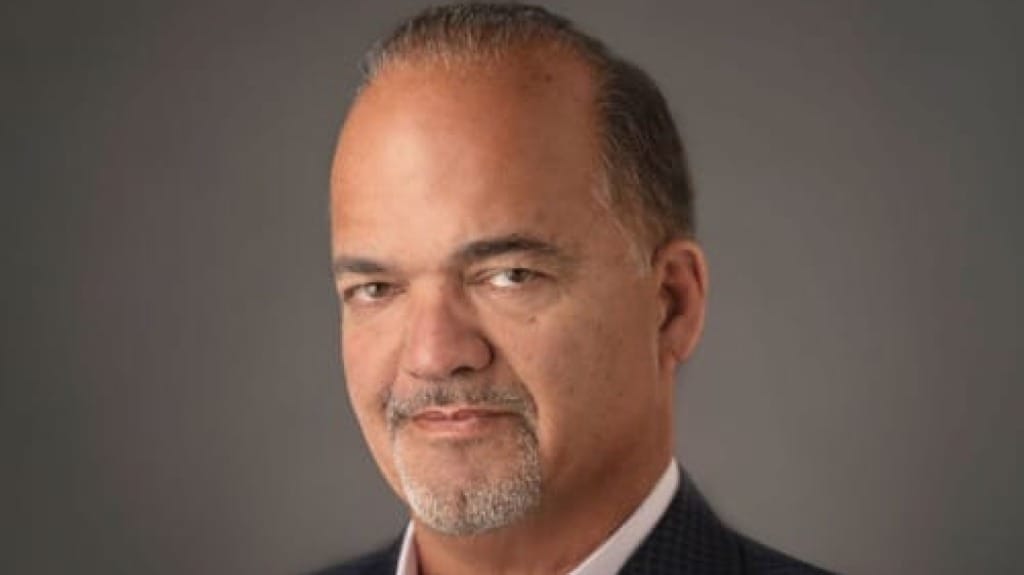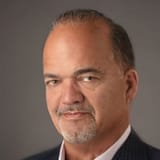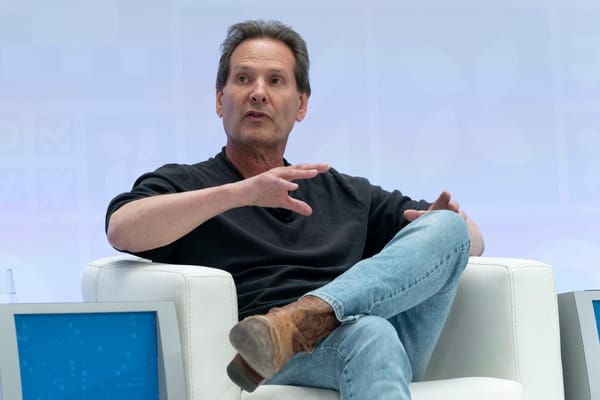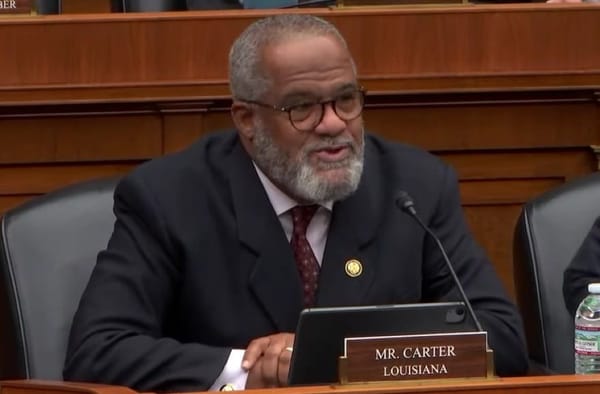Fernando Murias: Dynamic Spectrum Sharing Is a Critical Path Forward
Dynamic Spectrum Sharing describes the way that multiple users can coexist in the same frequencies without interference.
Fernando Murias

If you’ve recently seen a report that said dynamic spectrum sharing is heading for a ‘quiet sunset’, I’d like to provide some background as there is simply confusion around the term. It may be true that as commercial 5G networks become more prevalent, the term, as it relates to the way carriers utilize 4G and 5G devices on the same spectrum band to support rollouts, is receding in significance. Another definition, however, is growing in relevance as our precious spectrum resources become more congested.
‘Dynamic Spectrum Sharing’ or ‘Dynamic Spectrum Management Systems’ also describe the way that multiple users—government or commercial entities—can coexist in the same frequencies without interference. As more businesses leverage CBRS shared spectrum in the US to support their digital transformations, the need for service-aware dynamic spectrum sharing (SA DSS) is growing.
Static propagation models can stifle business growth
One major challenge we face today around CBRS spectrum sharing is how it’s managed and allocated to private wireless networks to support business digital transformation through new services such as automation and preventative maintenance.
Requests are submitted to the spectrum access system (SAS) and calculated using static service demand models, with this process often taking 24 hours or more. However, the real-time needs of services will likely be very different. If spectrum allocation continues to be managed this way, the potential for network interference will increase dramatically as commercial CBRS adoption grows, and overprovisioning will only exacerbate the situation.
This could severely impact the rising number of mission-critical industry services. For example, autonomous vehicles and machines at ports and warehouses rely on data being transmitted and processed in real-time. Any interference from neighboring networks could adversely affect their reliability, costs, productivity, and even worker health and safety.
Current static spectrum allocation models also don’t account for spectrum sharing between top-tier incumbent Department of Defense and priority PAL service users. While the FCC reported no interference for incumbents in the first three years of commercial use, industrial use is only just getting into its stride. As adoption grows, the need to vacate spectrum when military applications are present could have a drastic commercial impact.
The need for RF awareness
We must move away from static models and gain real-time awareness of the RF environment to better understand and protect the needs of all users in a more resource-efficient way. As we move from Large Language Models (LLM) to AI that enables machine-to-machine spectrum optimization, there is a corresponding shift from simple cost reduction to revenue generation through new 5G and 6G services. The good news is that this is already possible through the continuous collection and analysis of RF data at the physical network layer.
RF awareness enables this, allowing data to be collected and processed at the network edge to deliver greater levels of intelligence and service awareness. Its widespread implementation will benefit all stakeholders, allowing spectrum to be optimized and allocated more sustainably.
Only through SA DSS will we be able to more efficiently support the growing demands for wireless spectrum from US businesses, the public, government, and military agencies. DSS is being cited by organizations at all levels to optimize our limited spectrum resources. It will effectively support the roadmap laid out in last year’s presidential memorandum on Modernizing United States Spectrum Policy and Establishing a National Spectrum Strategy and it’s being emphasized as a way to unlock spectrum sharing for commercial use in the lower 3GHz bands.
So, rather than having a quiet sunset, service-aware dynamic spectrum sharing is only just beginning. Only through greater real-time intelligence about the RF environment can we create a better spectrum-sharing model to protect the needs of all players today and into the future.
Fernando Murias joined DGS in 2013 from PriceWaterhouseCoopers where he held several leadership positions in both the United States and Latin America. His experience over his 32 years in public accounting was concentrated in the telecommunications and government contracting sectors. Murias has been at the forefront of innovative investment models for leading-edge technology enterprise pursuits; novel partnership deals using CAPEX-light structures. This Expert Opinion is exclusive to Broadband Breakfast.
Broadband Breakfast accepts commentary from informed observers of the broadband scene. Please send pieces to commentary@breakfast.media. The views expressed in Expert Opinion pieces do not necessarily reflect the views of Broadband Breakfast and Breakfast Media LLC.










Member discussion